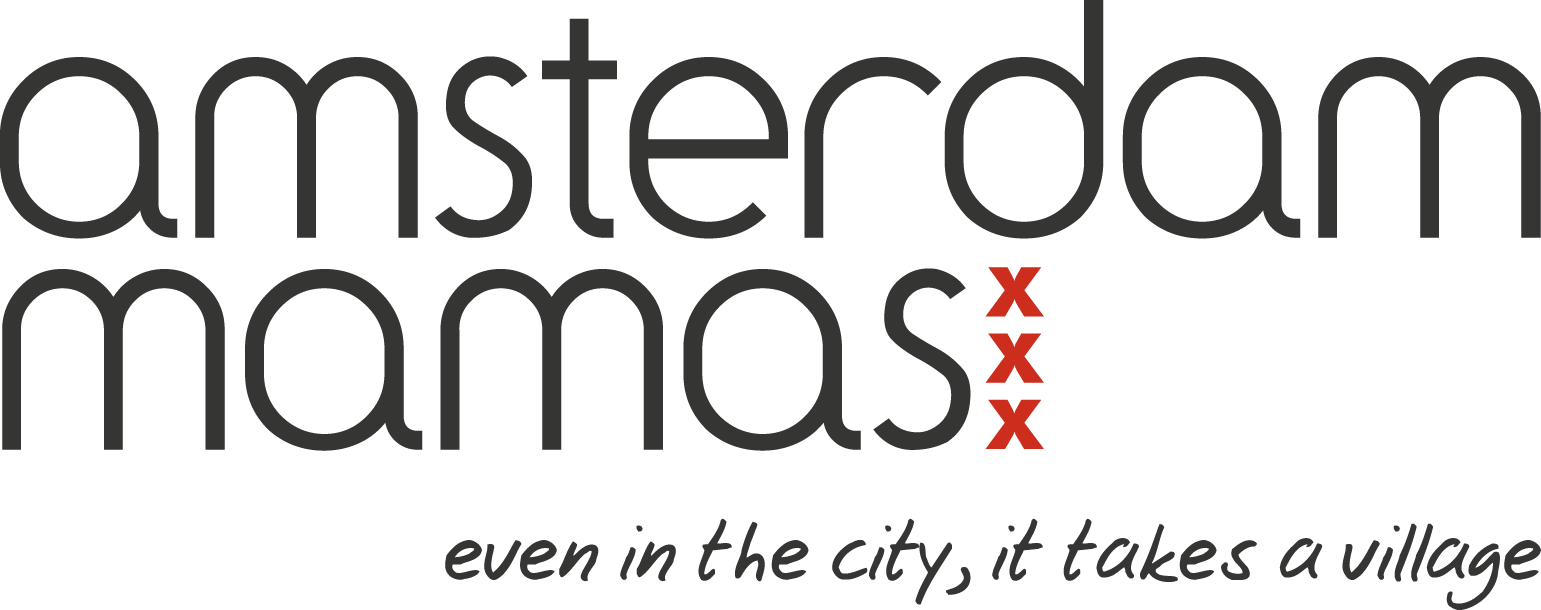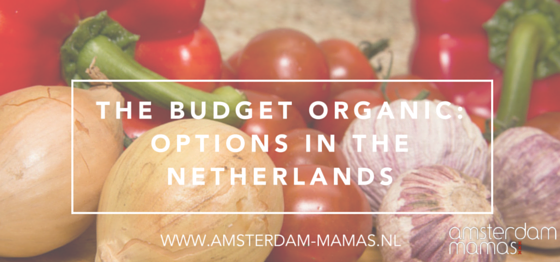Navigating the world of organic foods can be difficult when you’re also navigating another culture. The first hurdle for many families is finding budget organic options to fit their needs. In this article we find out more about organic eating in the Netherlands and how you can make the change!
Eating consciously
Firstly, for the budget shopper, instead of thinking “organic” alone, think “conscious”. Conscious eating means sustainable eating. It means prioritising your concerns and making choices that that will help sustain and maintain your family’s health, your household budget, local economies and our environment as much as is practically possible. It means weighing what is organic against what is produced locally and/or through independent farms, against what is affordable, against our personal tastes.
Why? So that we can find a balance in improving and maintaining our health, lowering our environmental footprint, boosting local economies and doing our share in sending a consumer message about changing food industry practices.
But it takes a little work: keeping informed, reading labels, paying attention to what is seasonal, questioning sources, thinking critically, asking questions, and keeping in dialogue with your seller.
The first step is to either ask your seller directly, or, when shopping in supermarkets, turn the item around and read the back labels.
Know your terms
It is important to understand what we are talking about here – looking for words and information rather than just labels and packaging. For we Amsterdam Mamas, it is also important that we know Dutch terms when searching for conscious eating choices:
Biologisch: Organic – plants grown without pesticides; animals farmed without hormones or antibiotics.
Biodynamisch: Biodiverse – production methods support nature’s natural process, e.g., with seasonal planting and crop rotations to enrich the soil, keeping animals in natural environments, pesticide and hormone-free, greenhouses are kept to a minimum and not used as a means to force growth outside of the season.
Vrij uitloop, grasveld: Free-range – animals are not cooped up in (overpopulated) stalls but instead are allowed to roam freely in natural environments – meaning less of a need for antibiotics and hormones and much happier animals.
Genetisch gemodificeerde organismen, GGO, gemodificeerd: GMOs – where the genetic code of an organism has been technologically manipulated, e.g., with pesticides, or that the seeds have been manipulated to form hybrid plants.
Ambachtelijk: In theory, this means artisanal – produced the old-fashioned way, ideally by a small, independent farmer/baker/butcher etc. using traditional methods. In reality, this has become a marketing term to mean “This product is supposed to taste like an old-fashioned version your grandmother might have eaten”. If “ambachtelijk” is used on something coming directly from the farmer, believe it. If it is a label on a supermarket product, chances are, it is not “ambachtelijk”.
Don’t be fooled
“Gezonde Keuz” (healthy choice) or “Ik kies bewust” (I’m choosing consciously) are also labels suggesting healthy options, but are based on the supermarket’s marketing needs to help find ways to sell products to conscience-minded shoppers. For example, often these are placed on highly processed items using synthetic sweeteners and E-number preservatives and colourings.
Often the packaging will be misleading through use of the colour green, images of happy farmers or pictures of animals grazing happily in grass when the product itself is still manufactured, mass-produced and has nothing to do with sustainable or organic practices.
Know your labels
Here are some more reputable, standardised labels that you can put more trust into – however, these labels do not mean you should not look at the back label of the products for ingredients, origin, etc., to make your own decisions.
EKO: This is the Dutch standard certification given to food that is organic – so without chemicals, pesticides, or artificial fertiliser – as well as without artificial colours, flavours, scents, or GMOs. For animal products, the animals have lived in gentle, natural, more spacious environments and have not been given antibiotics or hormones. Next to the label, a number is given to indicate the origin of the farm.
Demeter: Demeter, named after the Greek goddess of agriculture, is a labelling certification given by the Vereniging voor Biologisch-dynamische Landbouw (a collective of biodiverse farms). This means conscious farming practices that care for the ground, animal, environment, and people involved with the goal of balance, fertile ground and nutrient density in soil through, for example, crop rotation and seasonal planting.
Erkend Streekproduct: This certification, meaning “Recognised Local Product” supports regional and local small-scale, independent farms and agricultural businesses, often run by families, and often producing quality products using an array of sustainable practices. These farms have the “Mileukeur” (environmental-friendly) certifications and EKO labels (organic). They also tend to support small-scale agrotourism (sustainable agricultural tourism), regional economies, local and/or equal-opportunity employment and the local character of the landscape. These regional certifications include:
- Groene Hart Keurmerk
- Stimuland Overijssel
- DrentsGoed
- Zeeuwse Vlegel
- Waterland Keurmerk
- Waddenproduct Limburgs Land
Max Havelaar: This is a certification that includes fair-trade practices – fair treatment of farmers and labourers as well organic production, applied to products which often come from products frequently produced dubiously, such as coffee and chocolate. For more examples of standard labeling, please see Voedingswaar.nl (in Dutch).
Shop seasonal
Lastly, choosing consciously with your shopping means that you will need to open your mind to the local, seasonal products of the Netherlands. Contrary to popular opinion, this does not mean that you will have to eat cabbage all year round. It means that you can broaden your cuisine to new recipes with products you may have never tasted before – the extent of this can be left up to your own needs when balancing the foods you like, your budget and the local economy and environment.
For a great seasonal calendar in English (with translations from the Dutch names), About.com’s Karin Engelbrecht has a wonderful series of articles – including Dutch recipes! You can start with her What to Eat in January in the Netherlands article and find other seasonal suggestions by searching About.com for “Karin Engelbrecht What’s in Season”.
Can I eat consciously on a budget?
Yes, your choices do not have to come with a high price tag if you plan your shopping and meals wisely.
photo credit: Christopher Paquette via Flickr cc
Sara Bobkoff
Sara Bobkoff has been obsessed with exploring the food of Amsterdam for almost 20 years. She, her Dutch husband and their daughter believe the food they put in their mouth should satisfy palate, body and conscious. When not meal planning, the American writer is copywriting, working on brands and cooking up content strategies.






